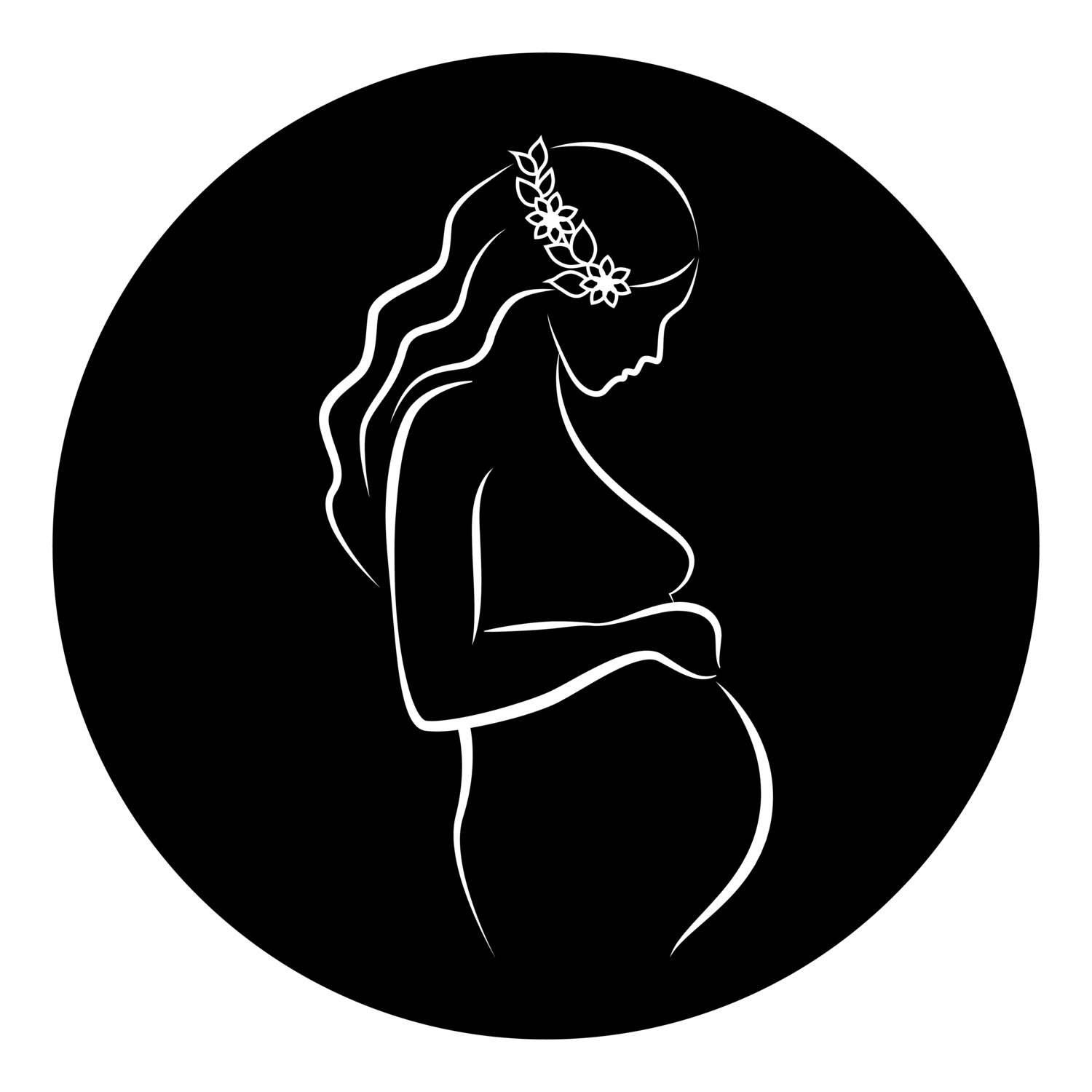Should I Have a Stretch and Sweep?
Stretch and Sweeps
What is a stretch and sweep?
A stretch and sweep is a routine intervention that is offered to women in the final weeks of pregnancy. This is a manual intervention that is offered in hope to get labour started.
Here’s what happens:
1. First and most importantly your care provider should explain the procedure to you including potential benefits and risks, then gain your consent to proceed.
2. Once you have consented, they will insert their gloved hand into your vagina, this is called an internal examination.
3. Your care provider will then insert one finger into the cervix to stretch it open.
3. If possible, they will then move their finger around the cervix and try to sweep and separate amniotic membranes (your waters) from the cervix.
4. This separation elicits an inflammatory response and your body will produce a hormone-like substance called prostaglandins. Prostaglandins can help to soften and prepare the cervix for labour.
Potential Benefits of Stretch and Sweeps
Can reduce need for medical induction of labour; Cochrane Collaboration, 2020) “Membrane sweeping appears to be effective in promoting labour but current evidence suggests this did not, overall, follow-on to unassisted vaginal births. Membrane sweeping may reduce formal induction of labour.”
It almost halves the likelihood of a ‘post-term’, beyond 42 week pregnancy (Yildirim et al. 2010;
Doesn’t involve pharmacological management (no drugs)
The woman does not need to stay in hospital or be monitored (unlike in ‘medical’ induction methods)
It can be repeated after 48 hours if there is no onset of labour.
It can be less invasive than other induction methods although for some women, hands in their vagina is regarded as invasive and possibly traumatic.
Risks of Stretch and Sweeps
Increased risk of pre-labour rupture of membranes, a 9.1% increase in women who have a cervical dilation greater than 1 cm (Hill et al. 2008). In NSW the health guidelines state that medical induction of labour is recommended after pre-labour rupture of membranes within 24 hours if onset of spontaneous labour has not begun.
Most women (70%) find it significantly uncomfortable (Wong et al. 2002)
No clear difference in rates of unassisted births, so it may get your labour started but doesn’t guarantee a natural labour and delivery; Cochrane Collaboration, 2020)
Some women experience bleeding, ongoing pain, irregular contractions, increased mucous and prolonged early labour phase.
There is not enough research to support routine use of stretch and sweeps for women and babies (Cochrane Collaboration, 2020)
A Stretch and Sweep is an intervention, so subsequently interferes with the intricate physiological process of labour and birth. Waiting for labour to begin on its own increases the likelihood of having a healthy, safe, natural labour and birth.
Remember - Always ask your care provider for more information if you are ever unsure about anything. Deciding if an intervention is right for you and our baby should always be done based on your own personal circumstances. Consent can be obtained when all the relevant information about the intervention has been given and the birthing woman has been able to come to her decision without external bias or coercion. If you have any questions feel free to connect with me.
X Sasha

